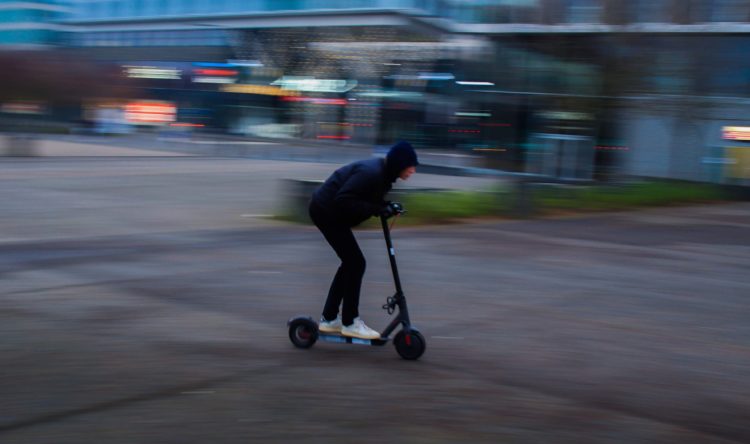Shocking realities of road safety training
Young people driven the wrong way by horror tactics
What is the best way to convey the very real dangers of driving to young people?
It’s a question that continues to challenge road safety profession.This is especially pressing as the casualty figures involving young drivers show little if any imporvement.
Witnessing the reality
Seeing the realities of car crash carnage has long been utilised to try and convey the true horrors. These are often very challenging experiences and images. What’s more, it would seem a convenient and speedy way to impress on young people the very real dangers.
After all, what we see with our very eyes usually has a direct influence on the way act and behave going forward.
However, evidence based research over the last decade has consistently found that the long term results are very disappointing.
A new piece of research has again found that the use of ‘shock and tell’ tactics fails to do the job. Teaching teenagers about the risks associated with driving using such methods not only fail to improve safety, it may actually make things worse.
Wrong turn
Carried out by Dr Elizabeth Box, research director at the RAC Foundation, this new report found such approaches can prompt defensive or even hostile reactions. These are particularly apparent among young men.
Young audience members are also more likely to experience optimism bias about their own capabilities and the scale of their risk exposure. They see and feel that they are just better drivers, more capable, and that those visualised in the ‘shock and awe’ campaigns are just poor drivers. For many of the attendees, it seems to give more impetus to their own sense of superiority behind the wheel.
Involved and evolved
Rather than talk at pre-drivers about the risks they face, experience is key. The study found a more interactive approach could be better, one where the facts about road safety are shared. Young participants are encouraged to come to their own conclusions about what good driving behaviour looks like. It makes them consider facts in a more personal and analytical way, and subsequently take claim greater ownership of the conclusions. In many ways it seems to empower them, give them license, to regard driving, and participate in it more responsibly
“In a world where young drivers are bombarded with numerous influences, we must harness the power of evidence-based interventions, behavioural theories, and psychological insights,” states Steve Gooding, Director of the RAC Foundation. This way, we can “create programmes that resonate with their needs and the realities they face”.
“This report underscores the importance of moving beyond traditional approaches,” adds Gooding. While ‘shock and tell’ testimonial events can “yield strong reactions”, they “often fail to leave a lasting impact”.
Participation
Instead of relying on. our personal opinions or assumptions, evidence based realities to improving road safety education is essential. Dr Box argues in the report, Empowering Young Drivers with Road Safety Education, that we have to base this vital area of education on training on real evidenced facts.
Dr Box reviewed the literature on the subject, comparing the traditional theatre (lecture) type approach with the ‘DriveFit’ film and workshops. She concludes that road safety education involving school-age teenagers needs to be more subtle and sympathetic to the physiological changes young brains are going through and young people’s attitudes to risk.
The DriveFit intervention consisted of a 40-minute film delivered in the classroom. This is followed by a 45-minute online facilitated workshop undertaken within two weeks of the film showing.
The film uses a talk-show-style interview format. Expert guests provide information, demonstrations and tips about how pre-, learner and newly qualified drivers can best manage the learning-to-drive process. It advises ways of curtailing the risky driving behaviours associated with speeding, tiredness, mobile phone use and intoxicated driving.
The online workshop following the film encouraged participants to remember the film and extract relevant learning for their own personal situations.
Time for change
Steve Gooding added: “The findings presented echo a growing consensus that our approach to road safety education must evolve. It is not enough to impart information about risks; we must also empower young and pre-drivers with cognitive skills, hazard perception abilities, and the capacity to make safe choices in the face of distractions, peer influence, and fatigue.
“The DriveFit intervention case study included in the report, which recently received a Prince Michael International Road Safety Award, demonstrates that thoughtful design and assessment can yield positive results.
“While the improvements may be modest, they represent the important incremental steps that lead us towards safer outcomes for this at-risk group.”






